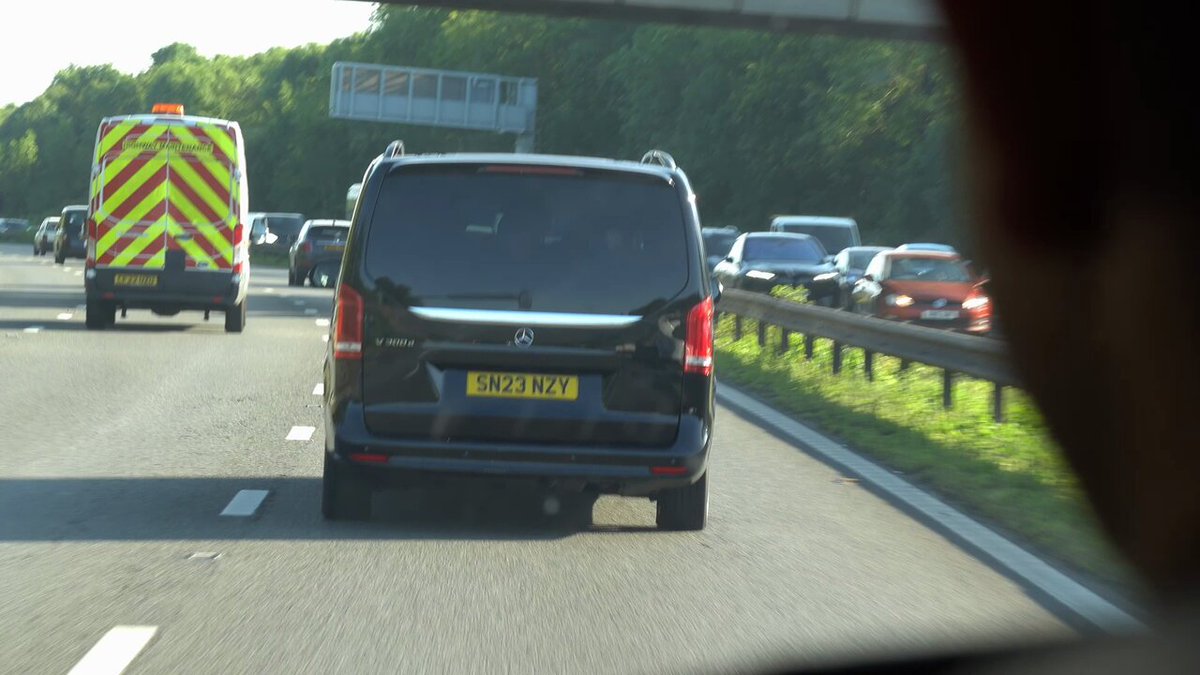
LONDON, UK – Julian Assange, the persecuted founder of WikiLeaks is understood to have been released from Belmarsh Prison in London, and is headed to the U.S. for a hearing which is believed to be part of a process involving a plea deal.
In a shameful set of acts involving three countries – Sweden, the United Kingdom and the United States – the whistleblower has been in virtual imprisonment for fourteen years, including a long stint at the Ecuador embassy in London.
The breakthrough comes just a few days after an important development in Spain.
Last Wednesday the El Pais newspaper reported that evidence involved in a case against David Morales, the owner of UC Global SL had gone missing. UC Global had the security contract for the Ecuador embassy in London, and is accused of spying on Assange while he was holed up there. His movements and recordings of meetings he held while at the embassy were allegedly recorded by UC Global and provided to the CIA. The CIA had reportedly at one time been considering assassinating or kidnapping Assange.
The evidence in the case including records of WhatsApp, Signal, Telegram, Proton Mail, Swiftkey, and Skype communications has allegedly gone missing.
El Pais on Wednesday reported that Spanish police had not provided the complete files from a Samsung phone, which Morales apparently used to keep in touch with the CIA.
The phone was seized in September 2019, when police searched Morales’ home in the Spanish city of Jerez de la Frontera, and its contents were apparently copied at the time. The police provided the Spanish High Court with a derivative Universal Forensic Data Report (UFDR) from the device, but not the complete original Universal Forensic Data Exchange (UFDX), El Pais said.
El Pais was responsible for Morales’ arrest in Spain after the newspaper revealed his company’s engagement by the CIA.
“It is extremely striking that the police unit has delivered the UFDR and UFDX files from the other devices and has not done so precisely from this one,” the public prosecutor’s office said.
Judge Santiago Pedraz has ordered the police Cybercrime Unit to immediately recover the full data from the phone in his presence, and establish who was responsible for the situation. The abridged profile was shared through a cloud service used for storing evidence.
Spanish authorities are aware of the importance of the phone records thanks to a protected witness, a former employee of UC Global SL. The UFDR reportedly includes some circumstantial evidence in the form of words recorded by the keyboard app Swiftkey.
Days later, on Tuesday it has been revealed Assange, has reached a plea deal whereby he will plead guilty to a single felony charge and all other charges, which would have put him away for 200 years, or even attract the death penalty, would be dropped.
It has been arranged for the WikiLeaks founder to appear before a federal judge at probably the most isolated of the U.S. Justice system’s courts – in Saipan in the Northern Mariana Islands. It is unclear why this location was slelected.
The hearing will be held in Saipan at 9:00am local time on Wednesday and Assange will be in attendance.
WikiLeaks in fact has posted on X that Assange has been released from Belmarsh Prison on bail and has already been flown out of the country.
According to court documents, following the procedural hearing, Assange will return to Australia as a free man.
Assange, who is now 52, was granted refuge at the Ecuador embassy in 2012. In 2019 following a change of government, Ecuador revoked his citizenship and allowed UK police to enter the embassy and seize him. He has been at Belmarsh Prison in maximum security ever since. The UK reportedly spent in excess of 30 million pounds guarding the Ecuador embassy to ensure Assange did not attempt to leave.
Many people across the world, including politicians, lawyers and whistleblowers themselves, prominent among them the late John Pilger, have long campaigned for Assange’s release. Regrettably the newspapers that played a major and equally important role in revealing the information Assange and Chelsea Manning had obtained ,have been less forthcoming in his defence, or campaigning for his release.

“Julian Assange is free. He left Belmarsh maximum security prison on the morning of 24 June, after having spent 1901 days there. He was granted bail by the High Court in London and was released at Stansted airport during the afternoon, where he boarded a plane and departed the UK,” the WikiLeaks post on X said. “This is the result of a global campaign that spanned grass-roots organisers, press freedom campaigners, legislators and leaders from across the political spectrum, all the way to the United Nations. This created the space for a long period of negotiations with the U.S. Department of Justice, leading to a deal that has not yet been formally finalised. We will provide more information as soon as possible,” the post said.
“After more than five years in a 2×3 metre cell, isolated 23 hours a day, he will soon reunite with his wife Stella Assange, and their children, who have only known their father from behind bars. WikiLeaks published groundbreaking stories of government corruption and human rights abuses, holding the powerful accountable for their actions. As editor-in-chief, Julian paid severely for these principles, and for the people’s right to know. As he returns to Australia, we thank all who stood by us, fought for us, and remained utterly committed in the fight for his freedom. Julian’s freedom is our freedom,” the WikiLeaks post said.


